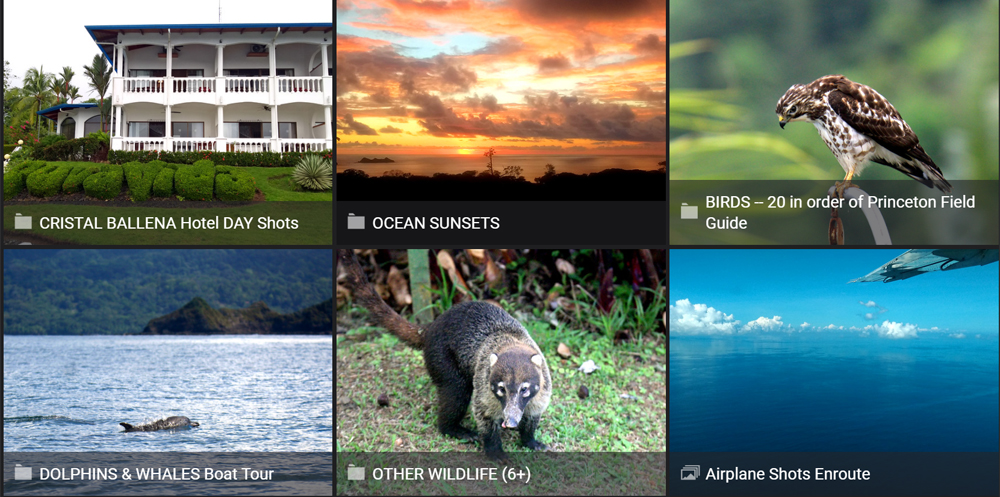
Click the above gallery image or:
https://charliedoggett.smugmug.com/TRIPS/2021-December-21-26-Cristal-Ballena-Uvita
Happy New Year!
¡Pura Vida!

Click the above gallery image or:
https://charliedoggett.smugmug.com/TRIPS/2021-December-21-26-Cristal-Ballena-Uvita
Happy New Year!
¡Pura Vida!
Well – it seemed spectacular when watching but I was not able to catch that in the camera! Nine shots will give an idea of what it was like but all light cannot be captured in the camera. The wide ones were shot on my cellphone and the others on my Canon SLR. After two nights of rain during sunset, it was nice to have a little bit of a light show! 🙂 I’ll show one image here for the emailed blog version, then online a gallery of all nine.
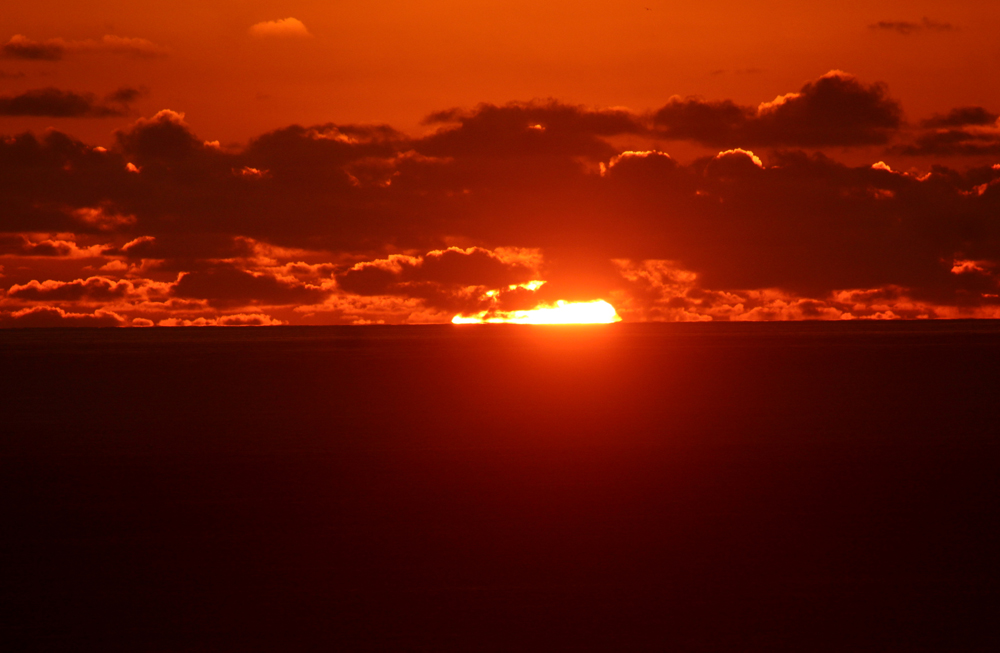
I woke up to rain this morning which continued until after breakfast when it cleared off and was mostly a hot, sunny day as you can expect some of the time on the coast. 🙂 The below photo is what the ocean view looked like just AFTER breakfast. All afternoon I hoped for a clear skies sunset but around 4pm the clouds and rain starting moving in. Below this ocean image is a gallery with a couple of birds (12 species today!), one butterfly and one tree from a wonderful walk in the rainforest this morning plus my effort at a sunset photo again this evening in the rain. 🙂
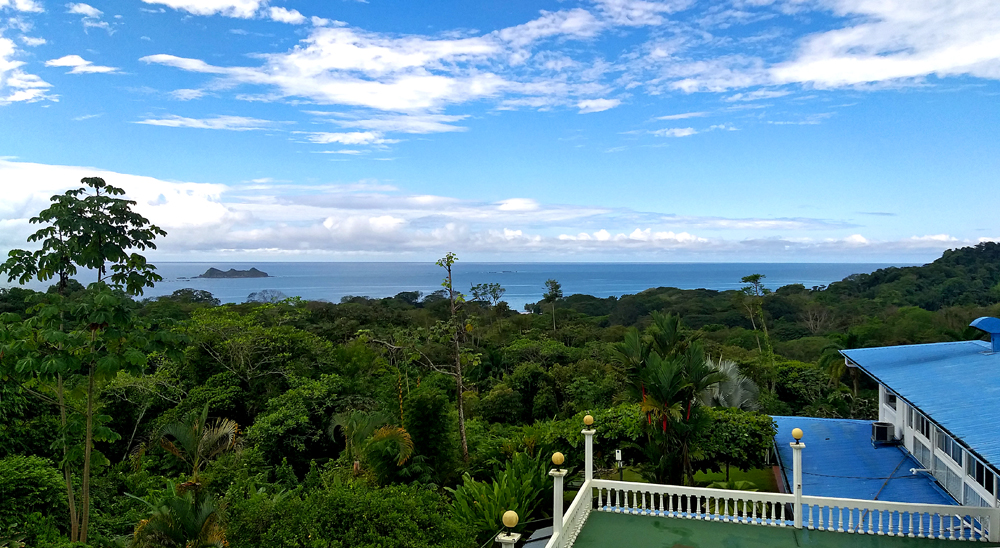
When I got here about 11 this morning it was cloudy and lightly raining and it stayed that way all day as you can see in the photos below, but at sunset I managed to capture a little bit of light through the clouds and by saturating the color in the photo it almost looks like a sunset! 🙂
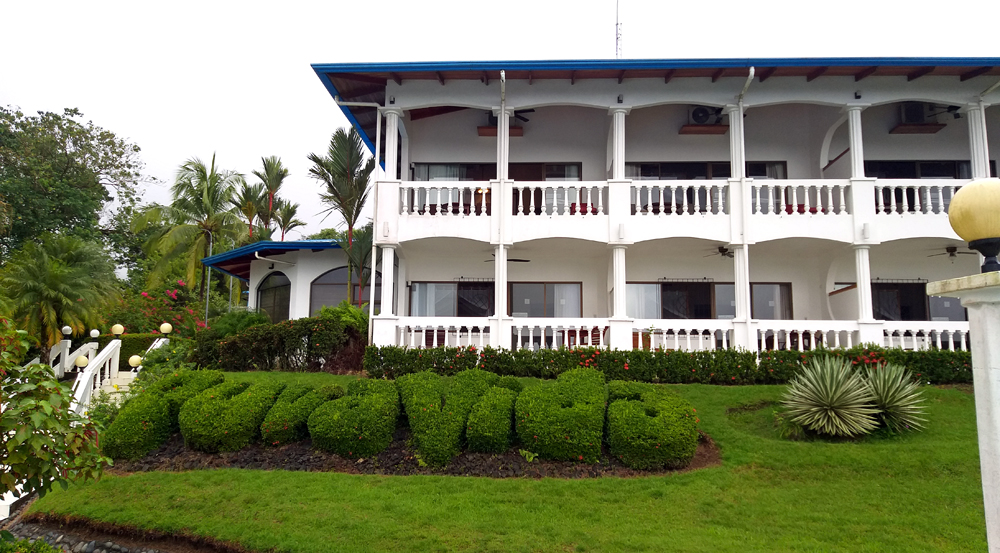
There has been a wall of clouds on the horizon every morning but a higher wall this morning with some lightening strikes behind them, so not the best sunrise photos today. 🙂 The feature photo at top is looking southeast at the clouds and below is a silhouette of Brown Pelicans flying. Below that are my 5 shots from today in the order shot or seen on the beach.
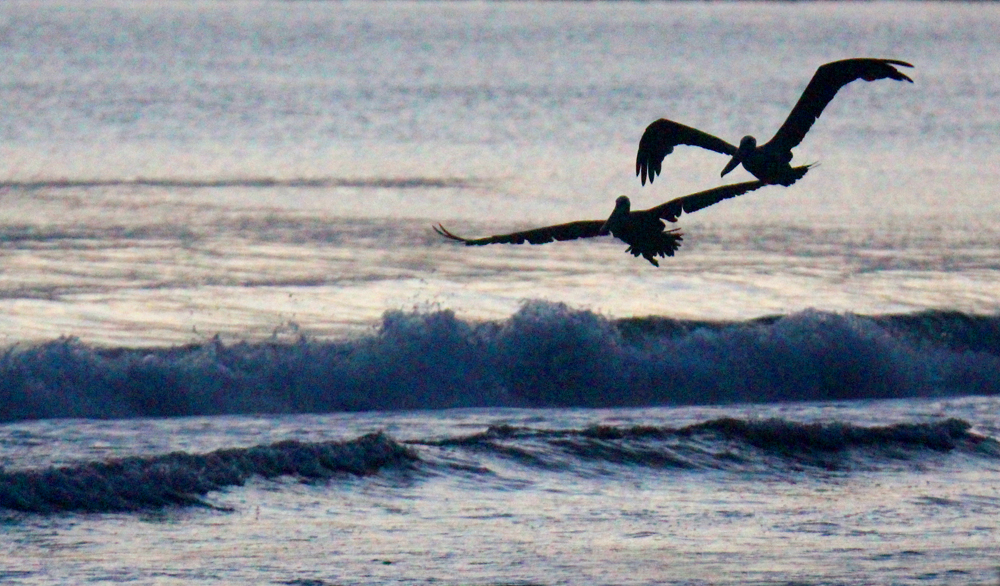
Welllll . . . sort of. The sun seemed to be setting in the northwest last night and by shooting north along the beach I got some reflected light in sky and lots of shadows from the rainforest trees on the beach. 🙂 Late afternoon is nice light anywhere and the sky is nice, even in the second shot where I shot due east over the Atlantic! But I probably won’t try that again here. It was not like Tambor Bay beach that curves and you can get both sunset and sunrise there if in the right places. 🙂 And here – I’m just a retired old man playing with my camera! 🙂
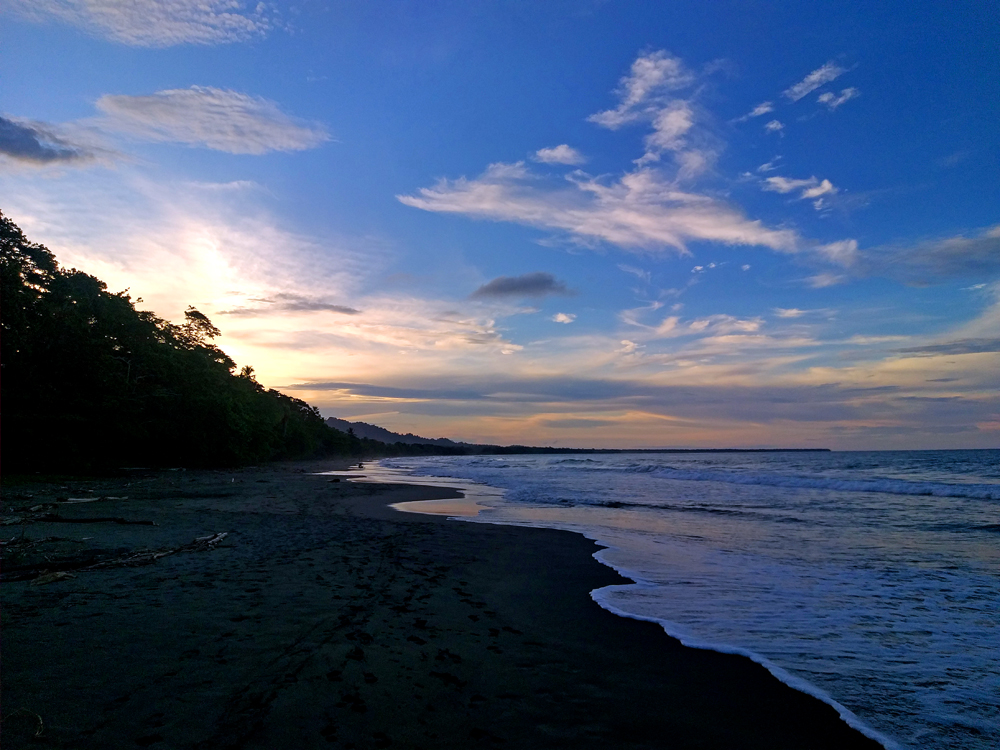
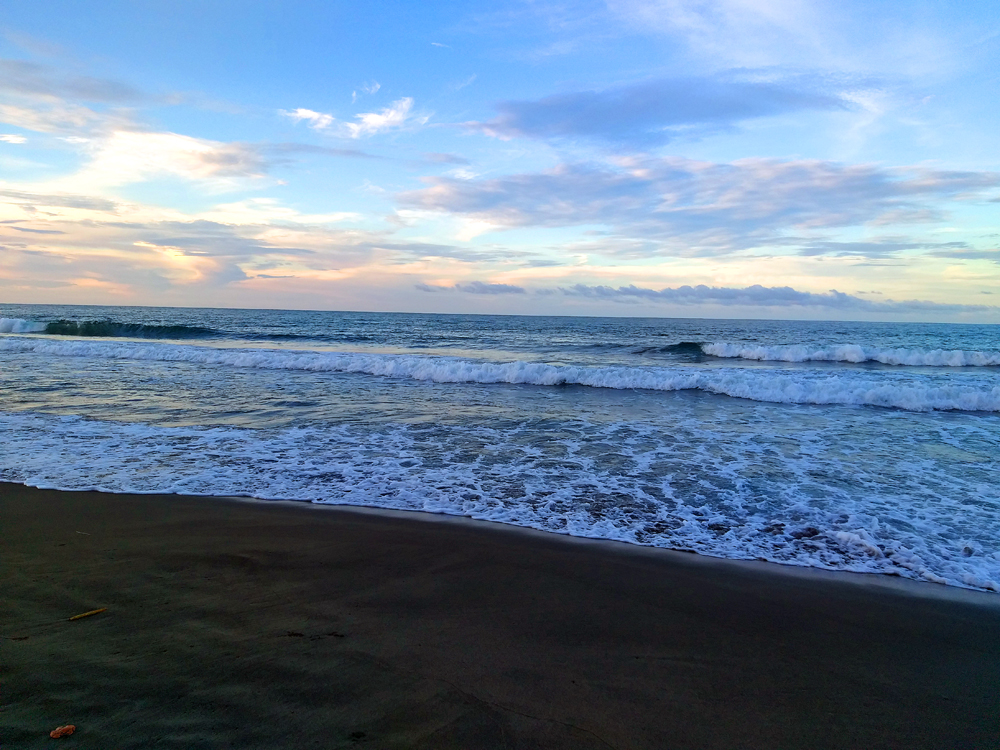
¡Pura Vida!
My Sunrises/Sunsets GALLERY.
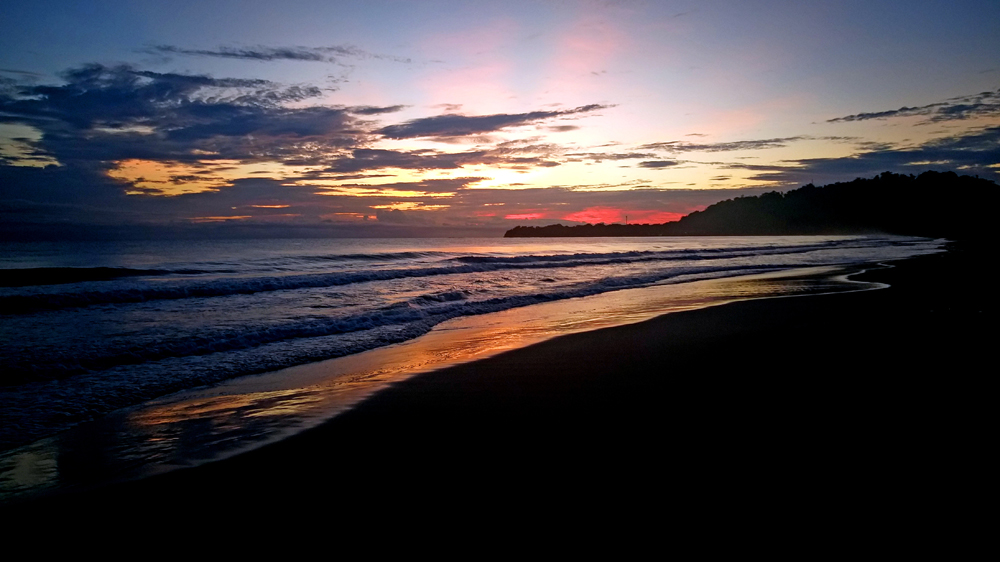
“If you want to be reminded of the love of the Lord, just watch the sunrise.”
― Jeannette Walls
¡Pura Vida!
“Sometimes you have to go up really high to understand how small you are.”
— Felix Baumgartner
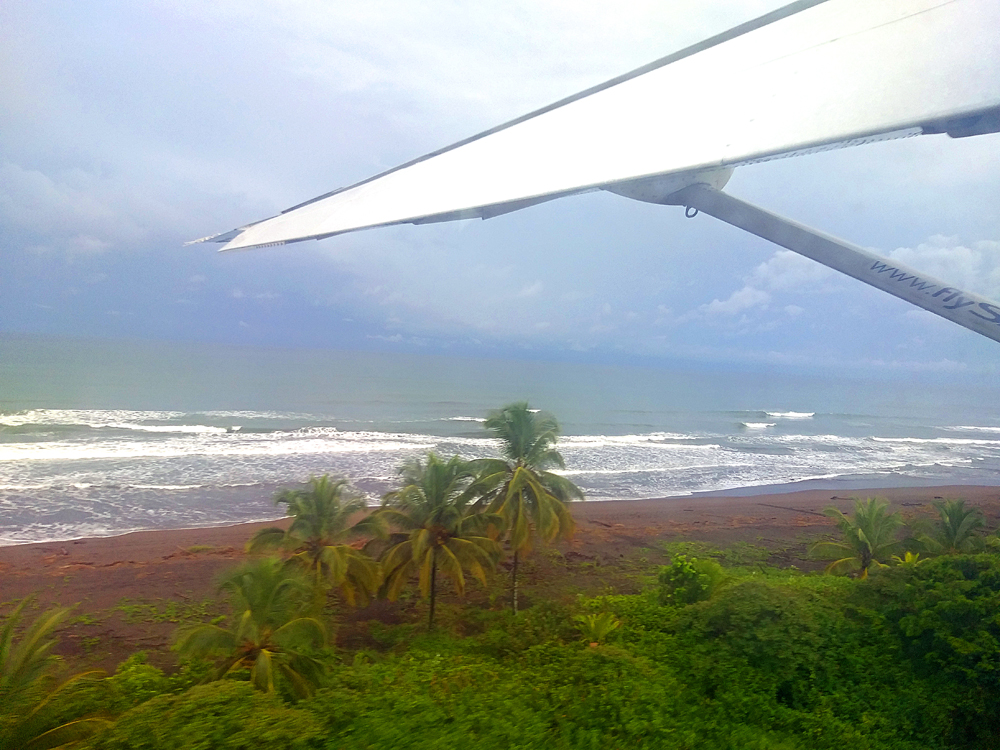
One of my many joys of traveling across Costa Rica is occasionally getting to fly in the small planes for 20 to 40 minute flights and seeing this beautiful country from above and yes, learning how small I am as I look down! 🙂 I have so many photos from the plane this morning that it was hard to pare them down to just these 5 shots. I will use some of the other shots in the eventual photo gallery of this trip. We stopped in Tortuguero on our way to Limon. Enjoy the thrill of flying with me . . .
Continue reading “Learning How Small I Am . . .”The hills opposite my hill looked like they had whipped cream on them this morning. A photo cannot replicate what I saw but here’s my effort with a 6-shot panorama. And this was late, like about 7:00 AM.
See larger image at top as header of online post.

“The sun always shines above the clouds.”
– Paul F. Davis
I look forward to totally different sunrises next week on our Caribbean coast, where I spend Monday to Monday on the beaches of Hotel Banana Azul, my favorite September retreat place.
See my CR Vistas Galleries.
¡Pura Vida!